For many years, cultural heritage – especially intangible heritage – has often been present only in fixed spaces such as museums, communal houses, theaters or within the framework of festivals. This has made it difficult for most young people to access, or even feel unfamiliar with, traditional cultural values. However, that reality is gradually changing as digital technology becomes the bridge that helps heritage “revive” in the heart of modern society.
Bamboo dancing, folk games at Cau River walking street - Bac Kan .
With just a few searches on social networks, users can easily find videos introducing the art of Xam singing, Quan Ho singing, and Ca Tru singing with new, concise, lively, and familiar expressions. Many groups of young people such as Dong Kinh Co Nhac, Ho Van Cuong Folk, and independent artists have actively brought traditional art forms to YouTube, TikTok, Facebook, etc. with creative presentation styles, combining traditional musical instruments with modern elements. Thanks to that, values that were thought to only exist in books have begun to reach out and attract the community.
Not only stopping at communication, many cultural organizations, schools, and technology businesses in Vietnam have been building digital data warehouses, virtual reality (VR) applications, augmented reality (AR), virtual tours, etc. to recreate and spread traditional heritage.
In Ho Chi Minh City, a group of students has built a virtual reality application that recreates the ancient Cho Lon space with vivid sounds, images and animations. In Hanoi, the “Memories of Hanoi” project has digitized thousands of images and valuable documents about the ancient Thang Long culture. Recently, some young artisans have also applied AI to restore ancient singing voices and reconstruct traditional costumes according to historical originals.
Not stopping there, the trend of NFT-izing heritage - that is, putting heritage on blockchain platforms to ensure copyright and long-term preservation - is also emerging. This is a potential direction in the context of cultural preservation that needs strong support from technology.
However, in order for the process of digitizing heritage to not only be a temporary trend but also become a sustainable trend, it still requires the synchronous participation of management agencies, experts and the community. In addition to creating favorable conditions in terms of policies and technical infrastructure, there should be specialized training programs for cultural workers so that they have enough skills to use digital technology in preserving and disseminating heritage.
At the same time, ensuring the authenticity and original value of the heritage when digitizing is also a matter that needs to be put first. Because technology can innovate the way of expression, but the content still needs to respect the core culture and history.
Singer Ha Myo – known for her style of combining folk and modernity – shared: “Bringing heritage to the digital platform is not simply a way to renew the way of expression, but a way to bring culture into contemporary life in a natural and close way. Technology helps us “breathe life” into heritage, turning it into a living part of today’s society.”
According to Ha Myo, today's young generation can master technology and create content very well. If they approach heritage with respect and responsibility, they can absolutely become the core force in the journey to preserve and spread national culture using the tools of their time.
Source: https://baolaocai.vn/huong-di-moi-cho-di-san-truyen-thong-post879704.html


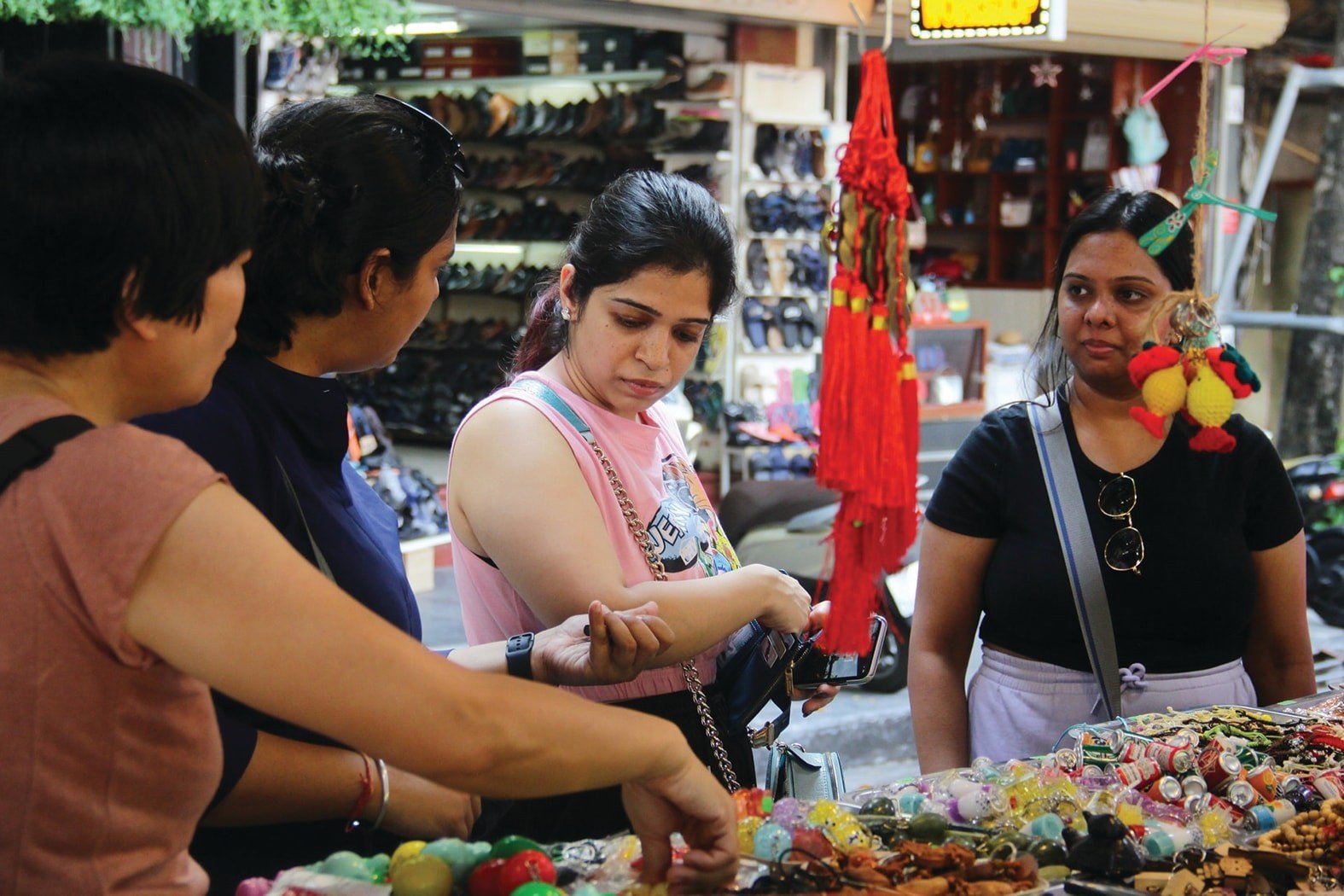
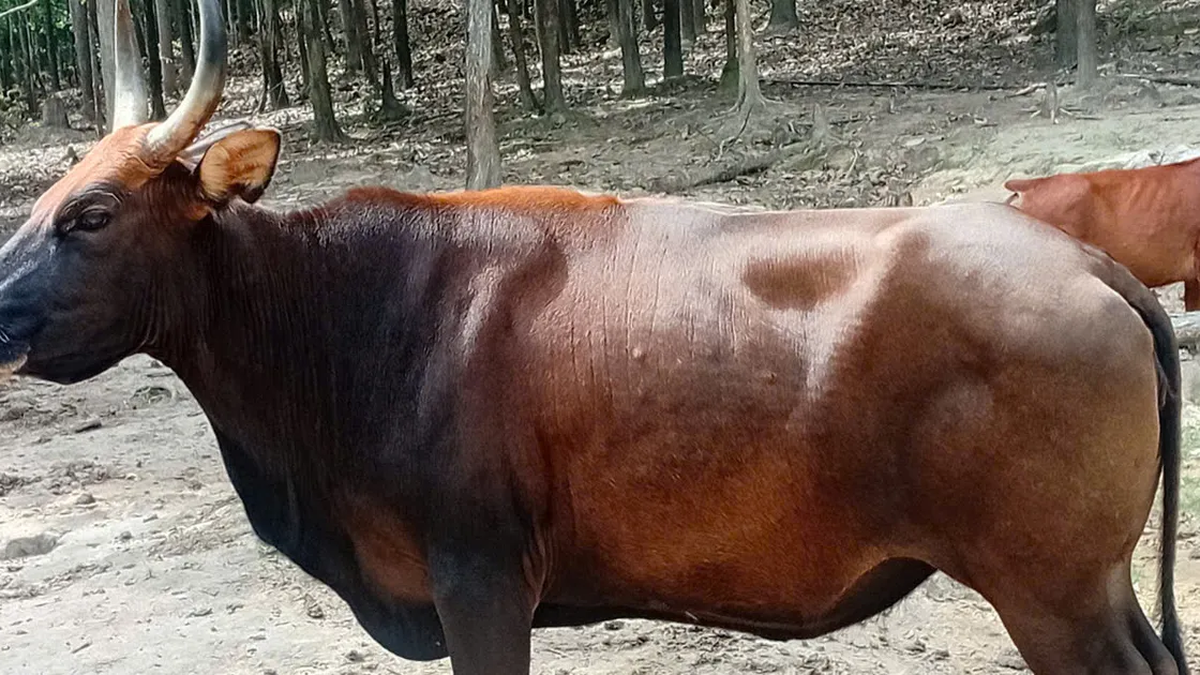

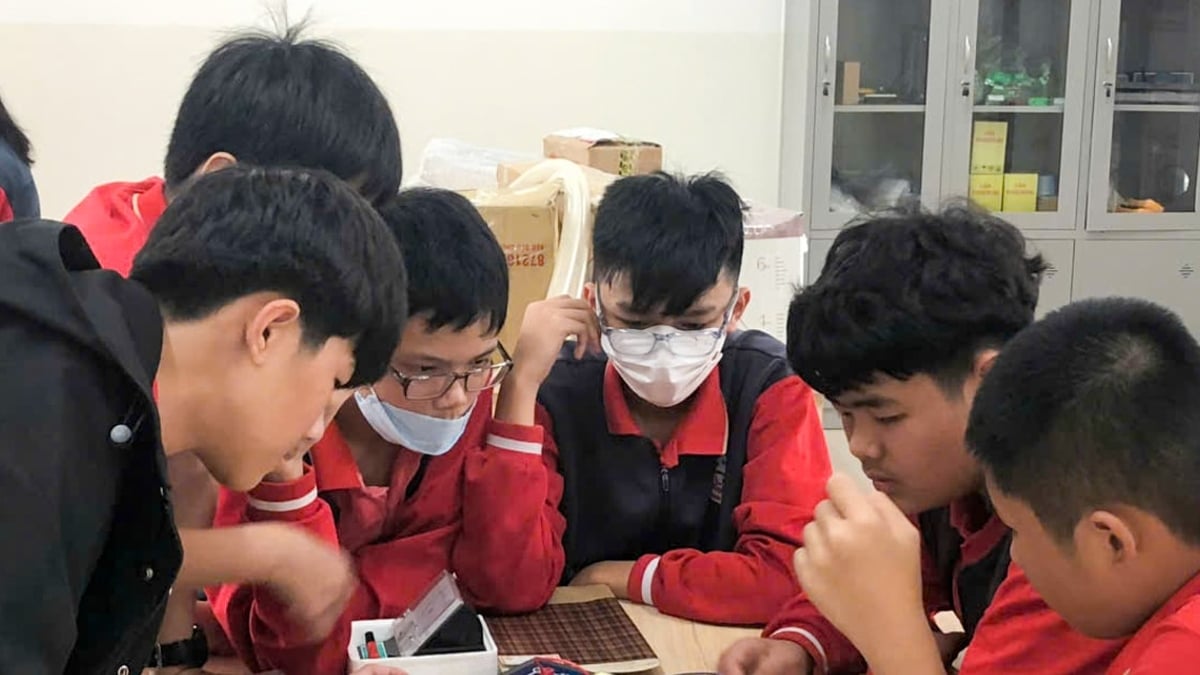
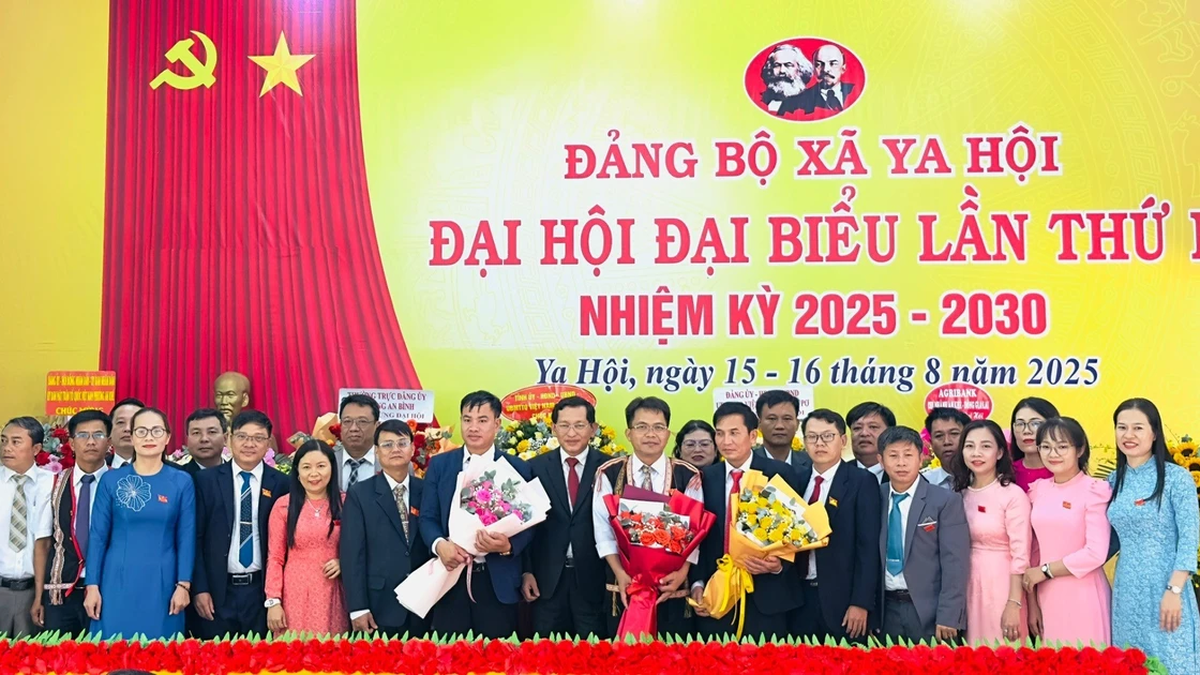

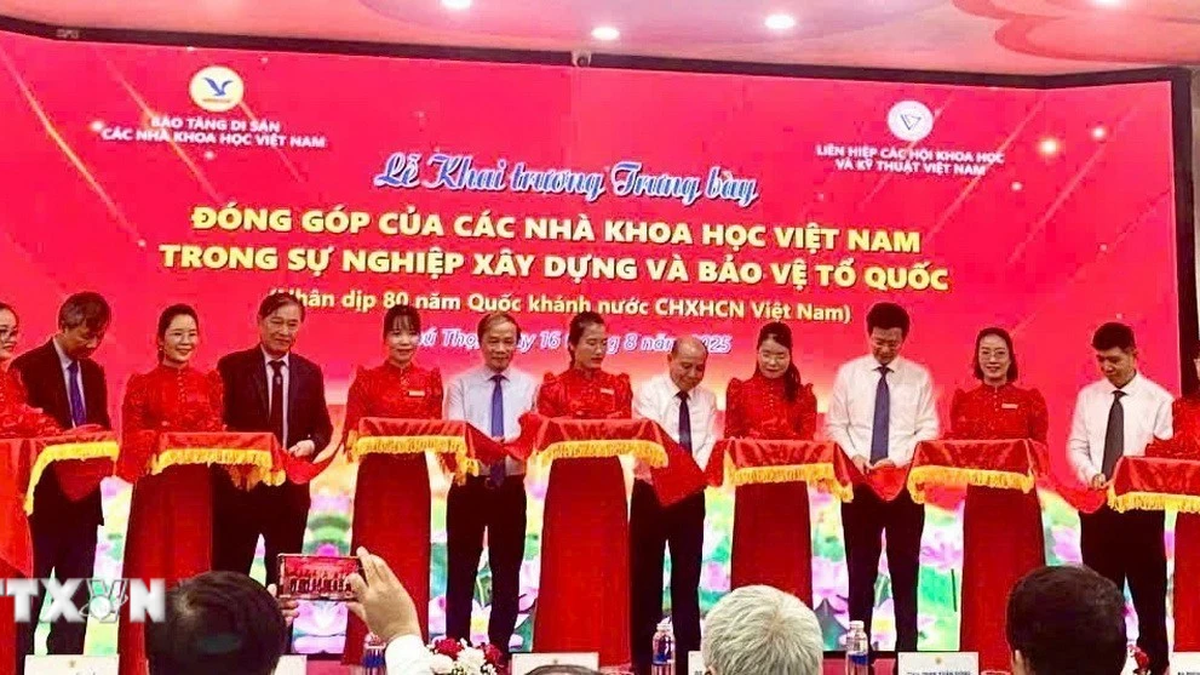
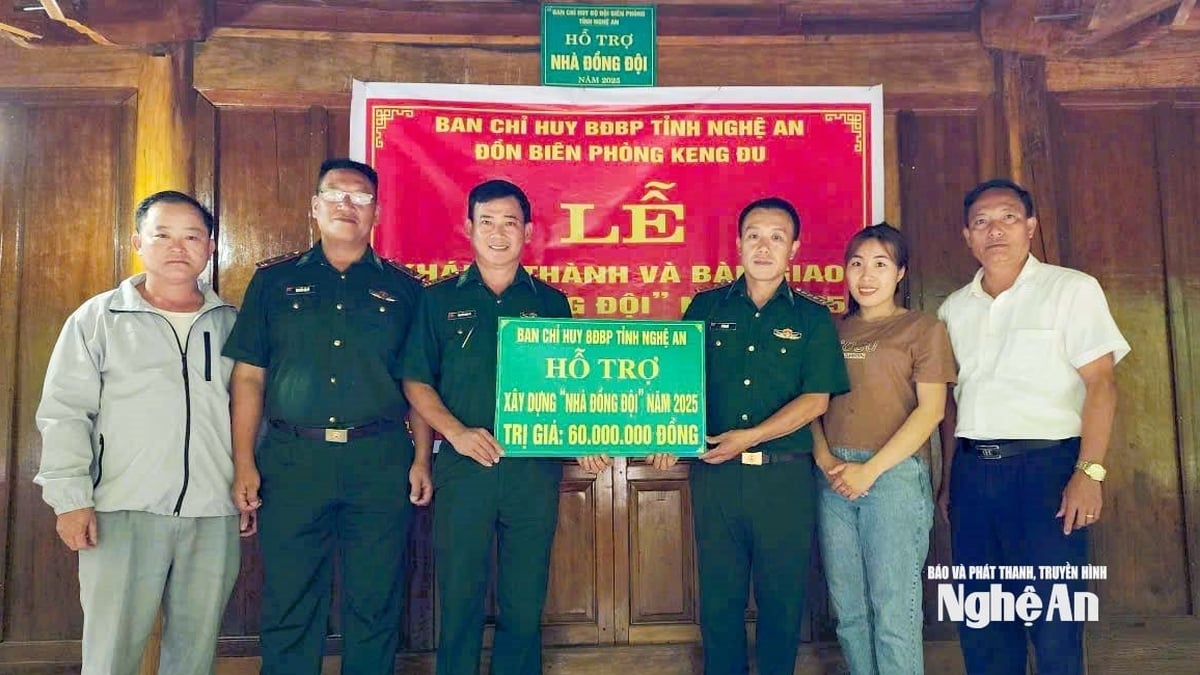
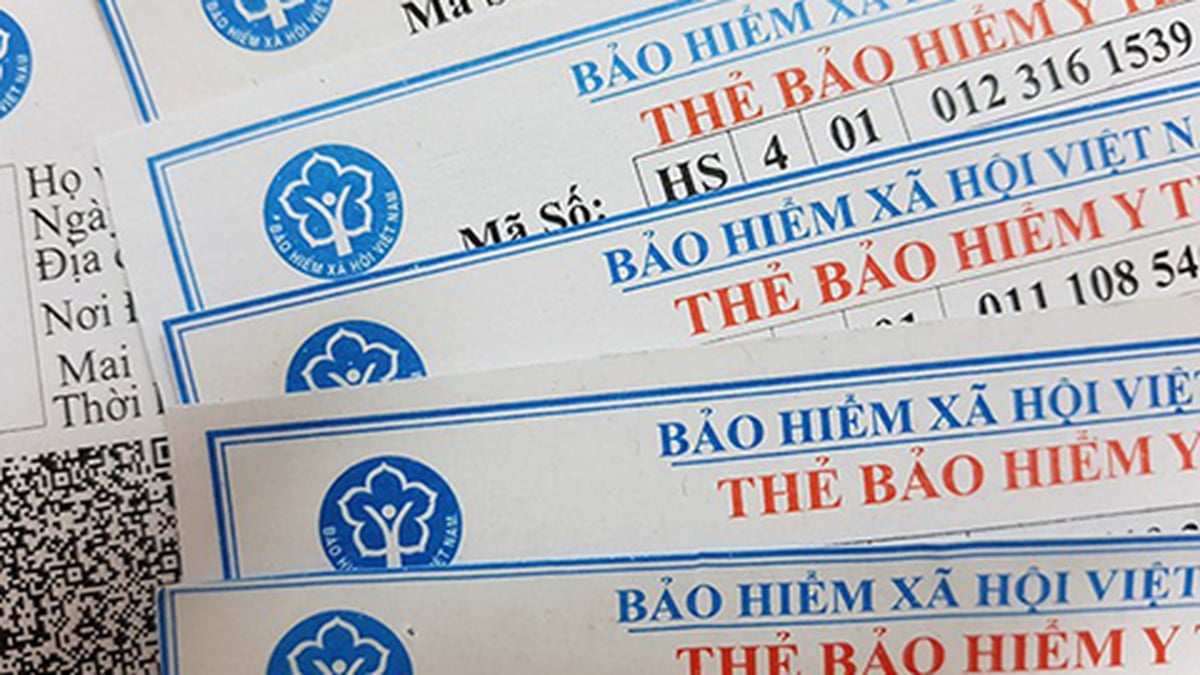
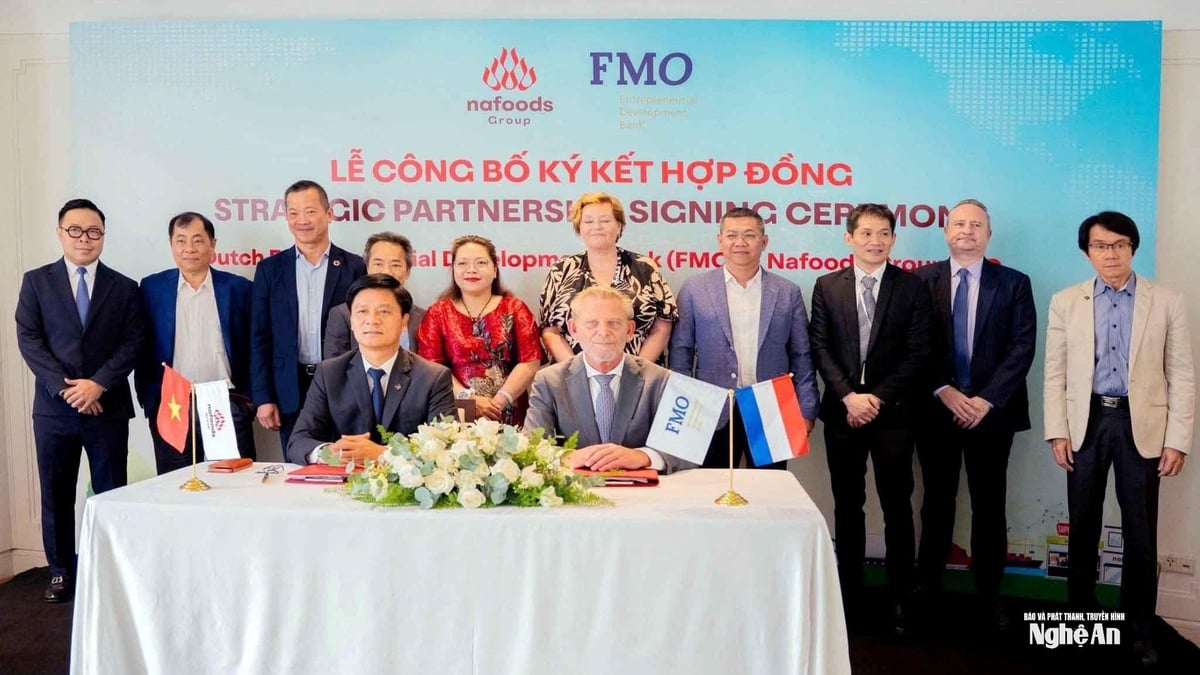











![[Photo] General Secretary attends the inauguration ceremony of the Ministry of Public Security Headquarters](https://vphoto.vietnam.vn/thumb/1200x675/vietnam/resource/IMAGE/2025/8/16/3ceec3a24ef945c18ae2b523563b749d)


![[Photo] “Moving forward with Vietnam” on the most romantic road in Vietnam](https://vphoto.vietnam.vn/thumb/1200x675/vietnam/resource/IMAGE/2025/8/16/0ee500bc59fd4468863261ee26f47fe7)

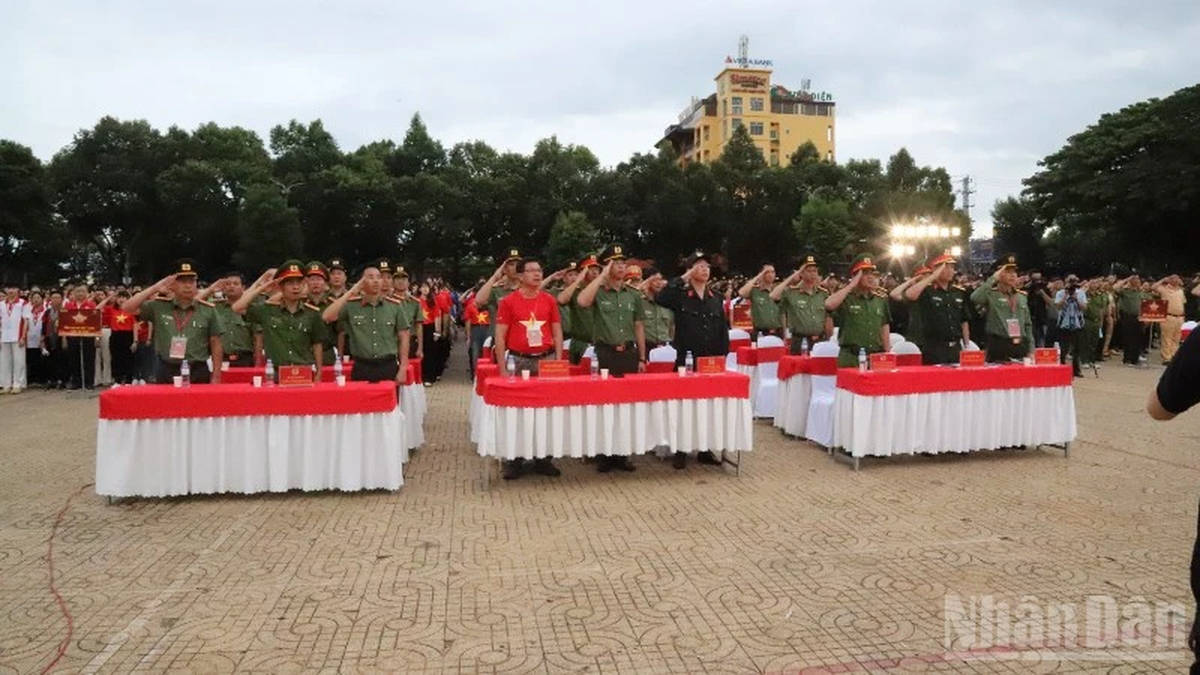

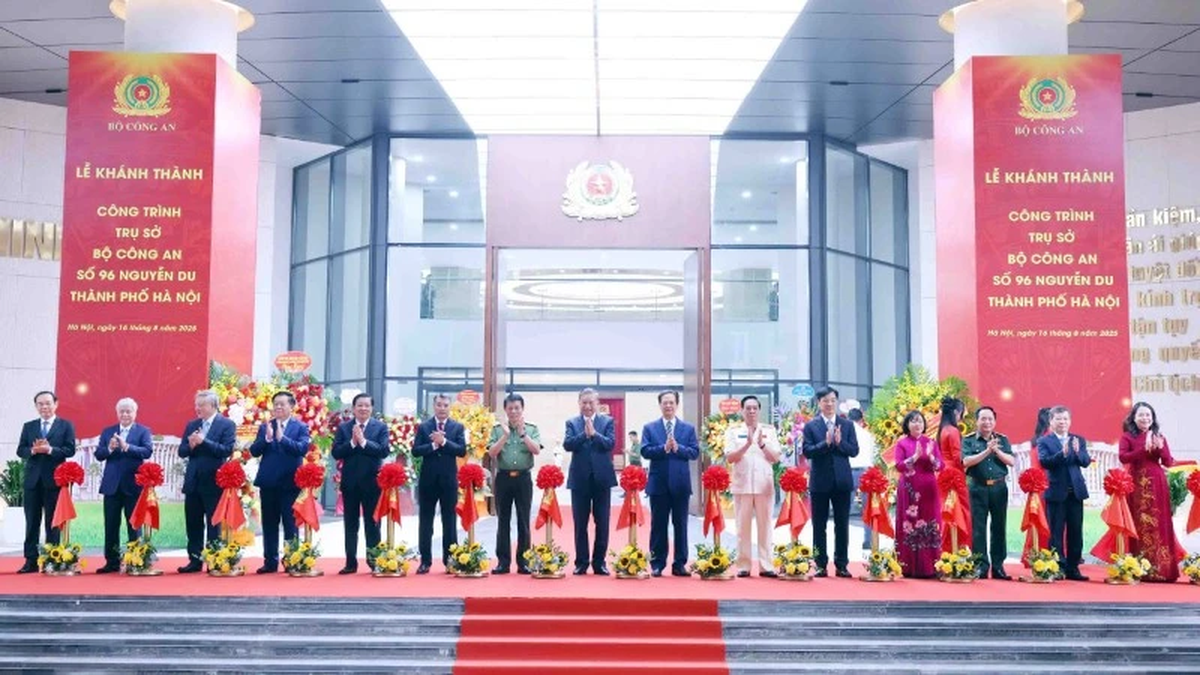
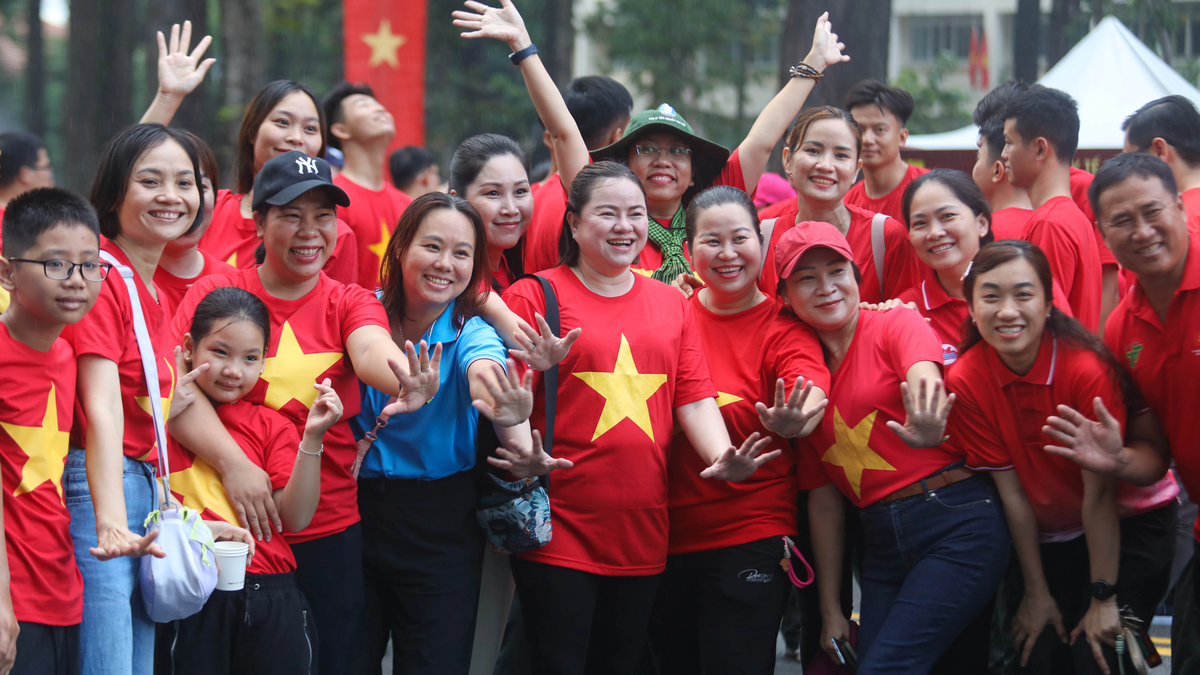
![[Photo] National Assembly Chairman Tran Thanh Man attends the program "Returning to the source - Towards the future"](https://vphoto.vietnam.vn/thumb/1200x675/vietnam/resource/IMAGE/2025/8/16/d081d9c162ee4ed9919e723aa322a53a)
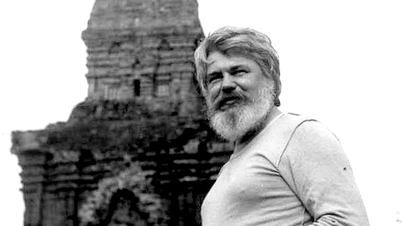

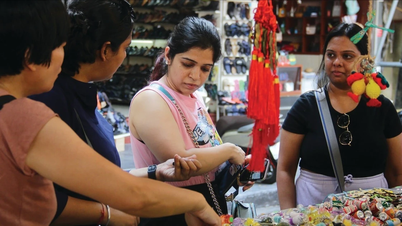
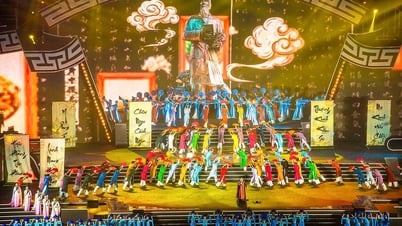

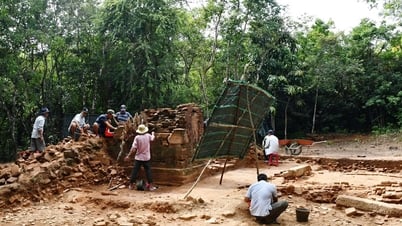

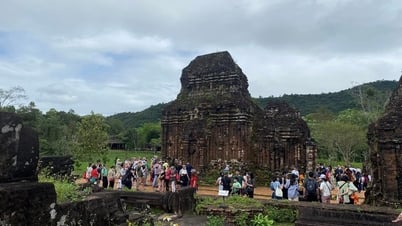


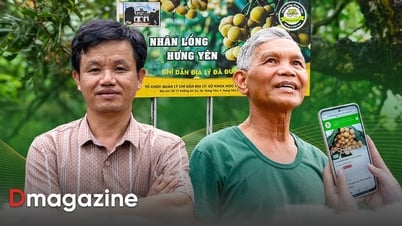



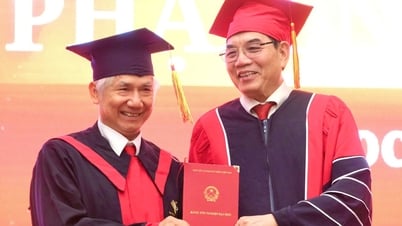
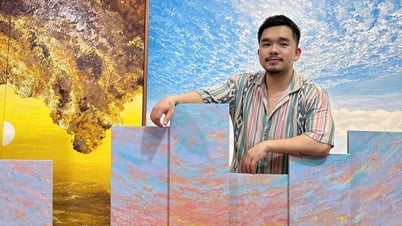
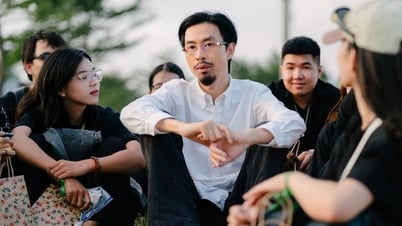
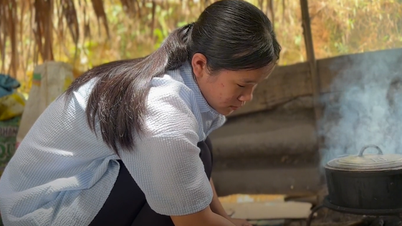

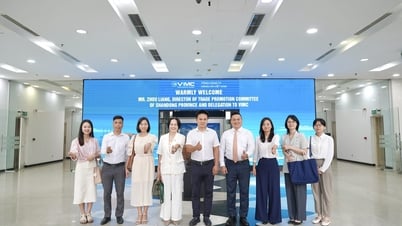

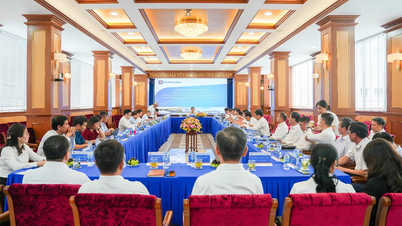










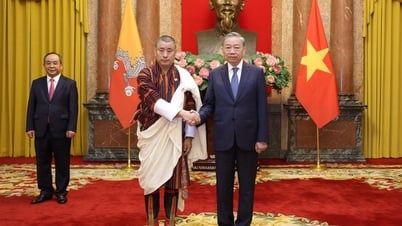


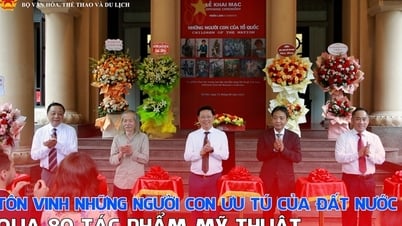

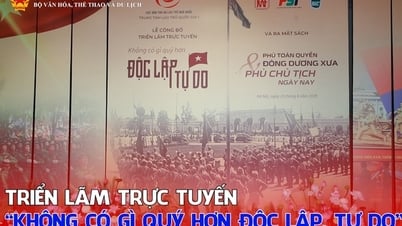
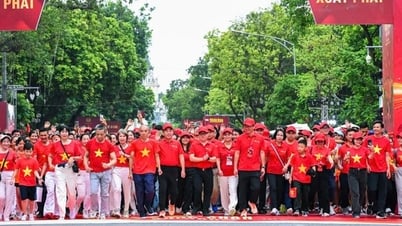


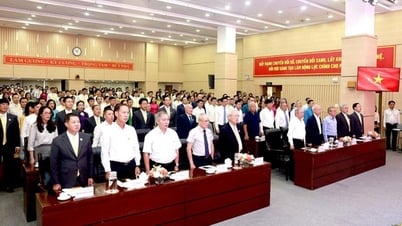






















Comment (0)